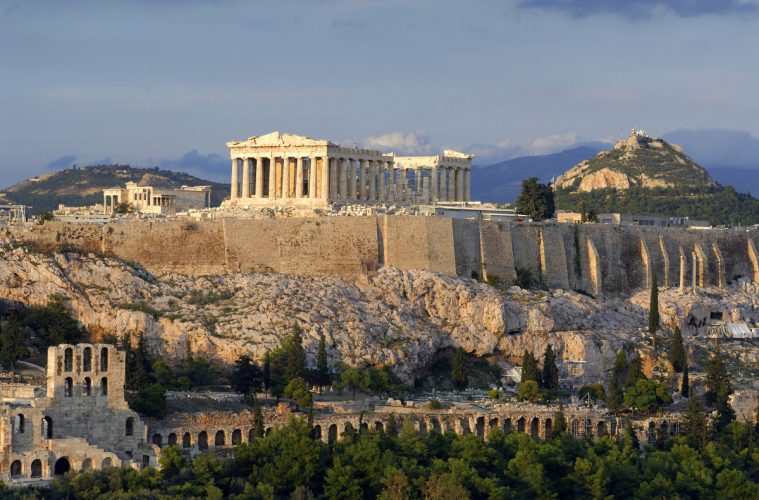
Cleaning The Marbles
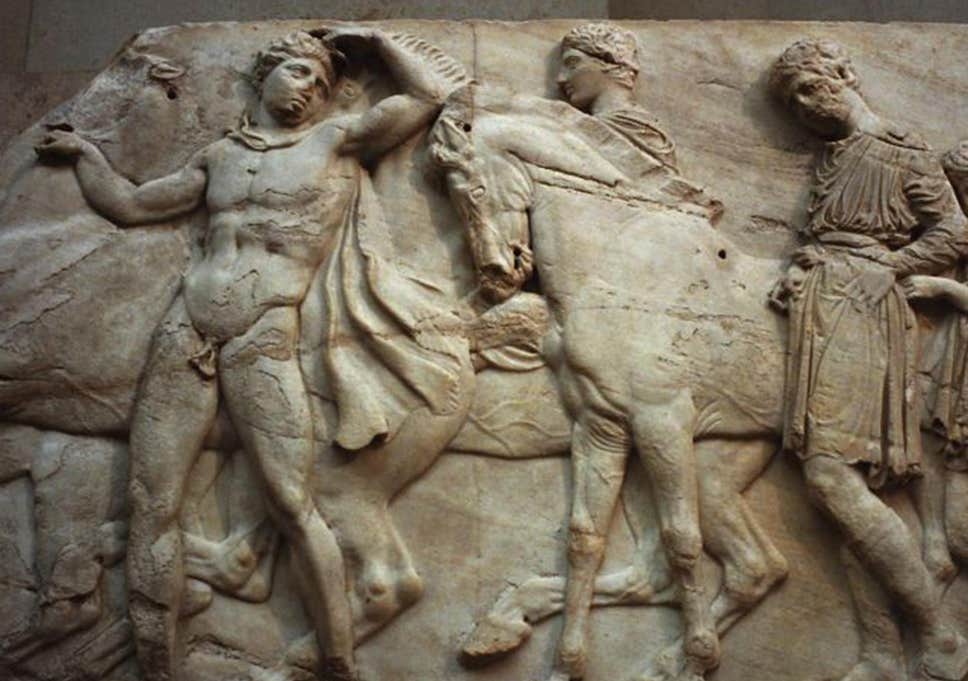
In the year 1838, Michael Faraday was appointed to help with the problem of the deteriorating surface of the marbles because of exposure to pollution. However, despite many efforts, it was unsuccessful. In 1857, a second attempt was made. Again, the concern was to clean it without damaging the surface, which did not seem possible.
The Final Attempt
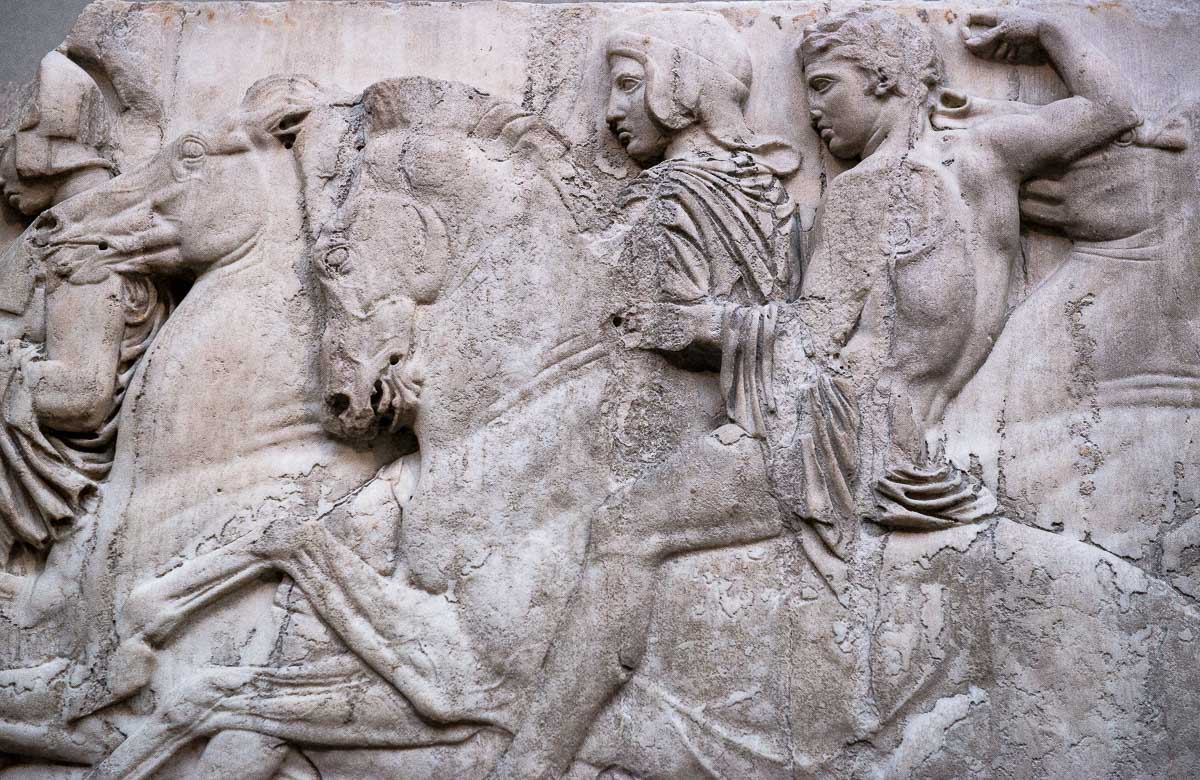
A third attempt to clean the marbles was made in 1937, at the building of the Duveen gallery. Lord Duveen, the sponsor of the gallery, instructed his team to kill the discoloration of the marbles, which according to him meant that the marbles are meant to be shiny white.
Ruined Facade
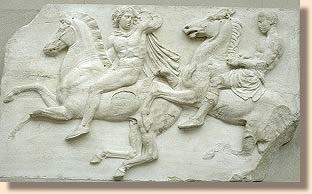
The cleaning was carried out without authorization from the British Museum. They worked with copper chisels, metal brushes, and strong chemicals. The process was so precise that it scraped off as much as 2.5mm of the finer surface features of many of the sculptures.
Minor Scandal
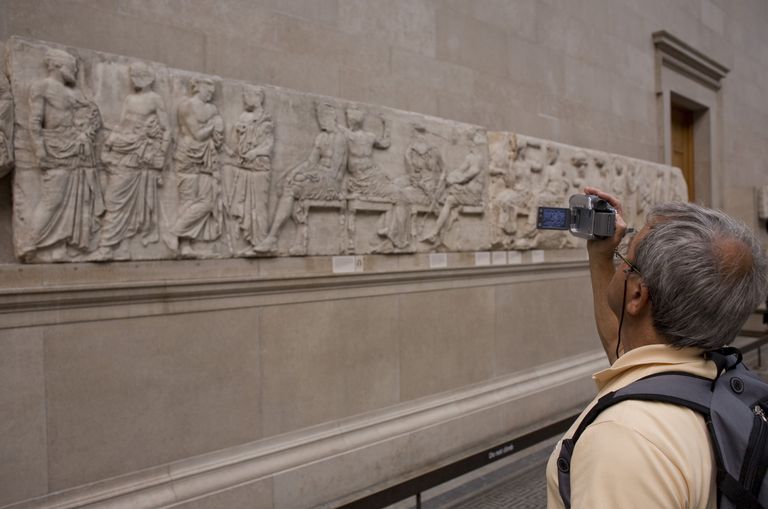
Once this news reached the museum, an effort to cover it up was made but it was useless. The story was leaked to the British press provoking a minor scandal. The British Museum acknowledged these accusations by simply stating “mistakes were made at that time.”
World War II

The exhibit with the sculptures remained on display in various locations until the year 1938 when they were moved to storage to save them from damage from bombings during the second world war. They were not displayed to the public for decades.
Still A Controversy

Two hundred years later, the Parthenon controversy has still not subsided. People around the world are strongly divided on the debate of whom the collection belongs to. Most of the Greek population naturally feels that the pieces should be returned to their home in Athens. The Greek Government has constantly appealed Britain to return them for almost two centuries.
